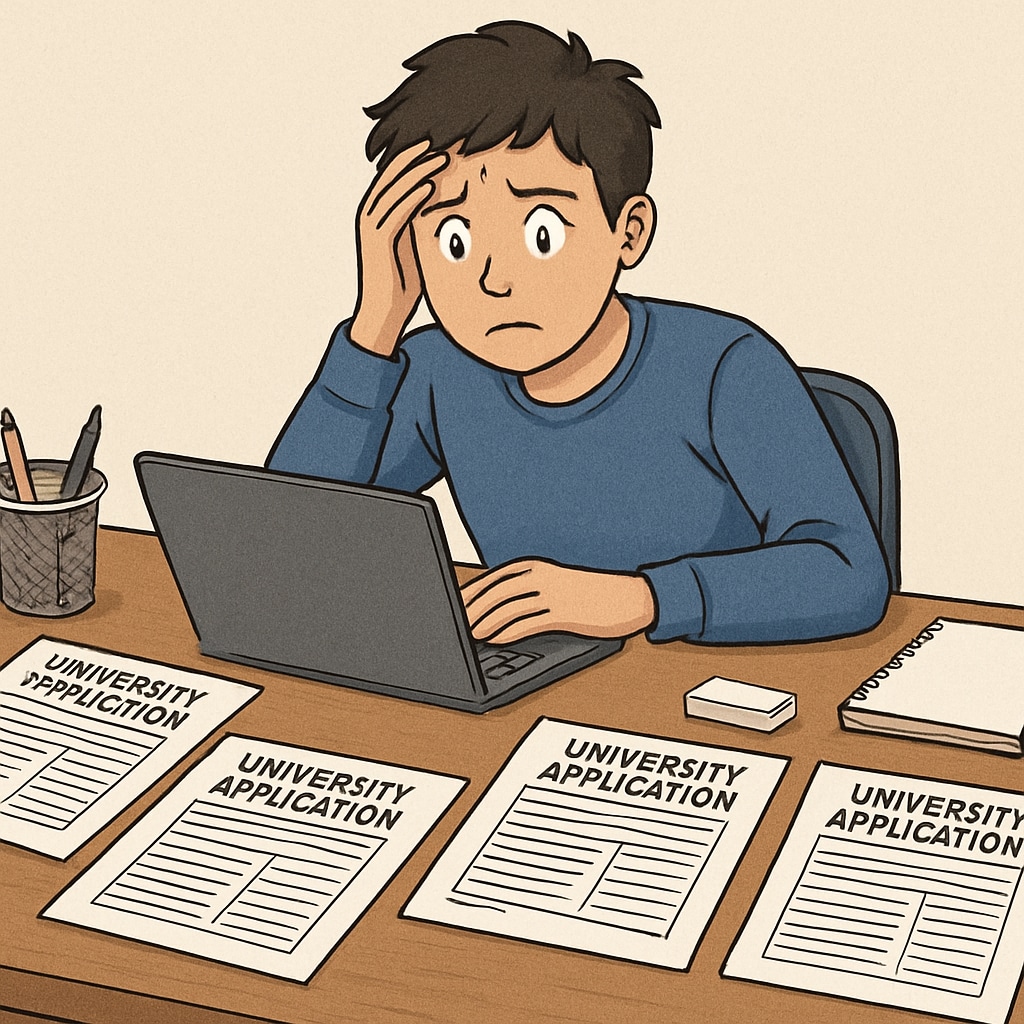The university application system has become a labyrinth of complexity, causing frustration and dissatisfaction among K12 students and their families. From excessive paperwork to unclear requirements, the process often feels more like a series of obstacles than a bridge to higher education. In this article, we will delve into the reasons behind this complexity, examine its impact, and propose actionable solutions to simplify the system and enhance transparency.
Why University Application Systems Are Overly Complex
Modern university application systems have evolved into intricate frameworks, encompassing essays, standardized test scores, recommendation letters, extracurricular activities, and more. While these elements aim to assess a student’s capabilities holistically, they often result in overwhelming stress and confusion. Additionally, different universities have varying requirements and deadlines, making it difficult for students to keep track.
For example, the Common Application, widely used in the United States, attempts to standardize the process but still leaves room for supplemental materials that vary by institution. As a result, students must navigate a web of expectations, often without sufficient guidance or clarity.

The Impact of Complexity on K12 Students
The excessive complexity of university application systems has profound effects on K12 students. Many report heightened anxiety and burnout as they attempt to balance academics, extracurriculars, and application requirements. Furthermore, the process disproportionately affects students from underprivileged backgrounds who may lack access to resources like college counselors or test preparation materials.
In addition, the competitive nature of applications often leads students to focus on meeting criteria rather than exploring their genuine interests. This misalignment can hinder their personal growth and academic motivation.
Key Consequences:
- Increased stress and mental health challenges
- Unequal access to resources and opportunities
- Lack of focus on authentic passions and talents

Solutions to Simplify University Application Systems
To address these challenges, reforms must focus on streamlining the process and improving transparency. Here are some practical recommendations:
- Standardized Requirements: Establish a universal set of application criteria to reduce confusion and redundancy.
- Enhanced Guidance: Provide free, accessible resources and counseling to help students navigate the system.
- Digital Innovation: Develop user-friendly platforms to consolidate information and automate repetitive tasks.
- Holistic Admissions: Shift focus from metrics like test scores to a more balanced evaluation of student potential.
Some organizations, such as College Board, have begun initiatives to simplify certain aspects of the application process. However, broader collaboration between universities, policymakers, and educators is essential to ensure meaningful change.
The Road Ahead
University application systems should serve as gateways to opportunity, not barriers to achievement. By simplifying procedures and prioritizing equity, we can create a more inclusive and efficient admissions process that empowers students to pursue their dreams without unnecessary stress.
As parents, educators, and policymakers, we must advocate for reforms that prioritize students’ well-being and academic aspirations. With collective effort, the maze of university applications can be transformed into a clear path to success.
Readability guidance: This article balances short paragraphs, lists, and clear transitions to ensure accessibility. Suggestions and solutions are presented concisely to maximize impact and readability.


